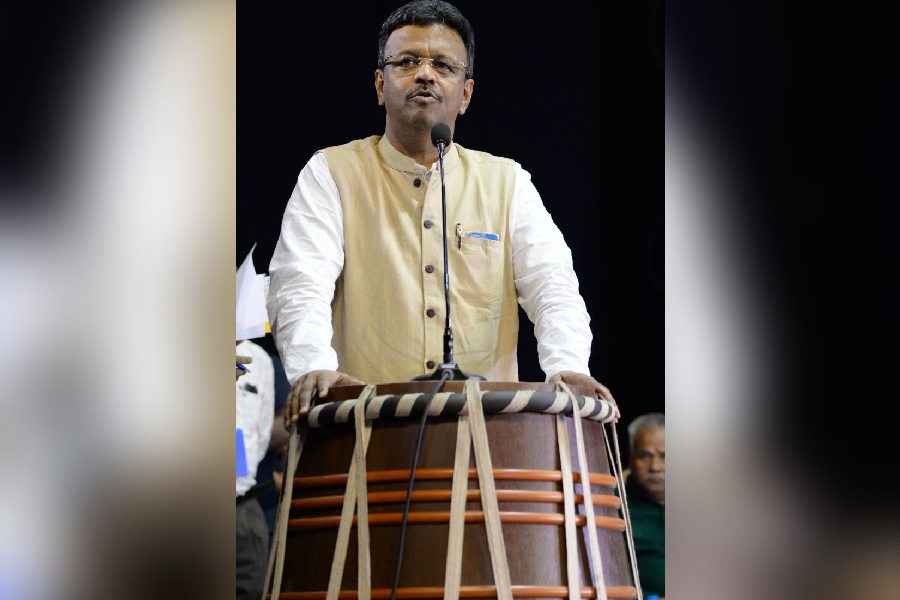Discharge of untreated sewage into the Hooghly, solid waste overflowing from the ghats into the river and the crumbling condition of some of the ghats are among the common problems along the riverbank in Kolkata, a team of experts who studied the conditions said on Tuesday.
Most of the ghats do not have changing rooms, though they are used by hundreds every day for bathing.
In a recent order, the National Green Tribunal said that the “filthy” ghats along the Hooghly “present an unspeakably repulsive picture”.
The tribunal’s order, issued on October 9, mentioned that “there is a conflict of coordination between the various municipalities and authorities in the matter of implementation of scheme and programme for cleaning and maintenance of the Ganga ghats”.
Gautam Chakraborti, who has years of experience working on the ghats along the Hooghly, said that despite government orders, industrial effluents and domestic sewage continue to be discharged directly into the Hooghly at multiple points.
“Even carcasses are thrown into the river,” said Chakraborti, a former heritage advisor to Kolkata Port Trust, now renamed as Syama Prasad Mookerjee Port Trust.
“There is a law that prohibits any construction within 45 metres of the high tide line on both sides of the river. If one walks along the river bank, one will see that this rule has been violated in so many places. The state administration has to enforce this rule if it wants to protect the river,” he said.
On Tuesday, mayor Firhad Hakim flagged off a tour of the Hooghly by members of the Rotary Club of Kolkata who have identified 12 ghats for renovation. The ride was also aimed at finding a solution to some of the persistent problems the ghats have been facing.
The ride on the Hooghly was meant to see and show some international Rotarians the problems and seek their help for a solution.
Hakim admitted that factories built along the river are polluting the water. “There have been encroachments on the river bank. People must remember that if we save the river, we will save our nation,” he said.
He also proposed a massive plantation along the Hooghly that experts said has the potential to arrest erosion of the river bank.
The 12 ghats identified for immediate work included include Goenka Ghat, Mullick Ghat, Bhangra Chora Ghat, Chhote Lal Ki Ghat in Kolkata; Ratan Babu Ghat in Baranagar; and three ghats in Howrah and Bally.
“Putting up floating barriers along the ghats that would prevent solid waste from entering the river, creating points where the waste should be dumped and making plans to stop the discharge of untreated sewage into the river are some of the measures we have planned,” said Saumen Ray, a Rotarian who is heading the Clean Ganga project.
Paushali Banerjee, the advocate who appeared for the applicant whose petition led to the NGT’s order, said the petition mentioned how solid and liquid waste generated in the ghats polluted the river. “There is hardly any waste management along many of the ghats.”
